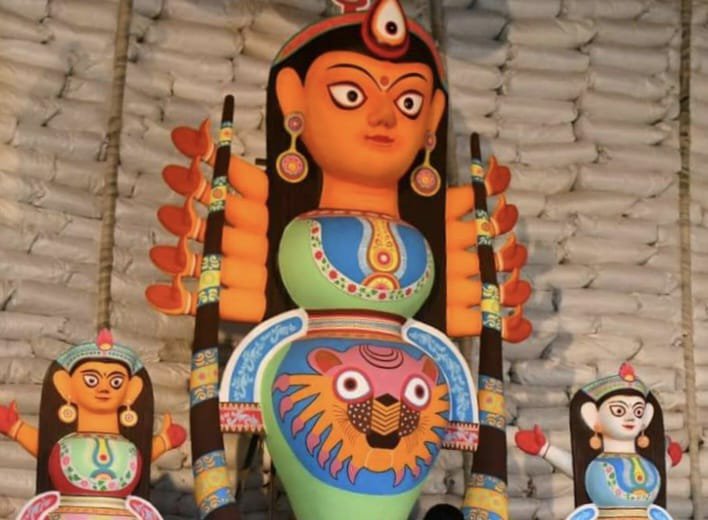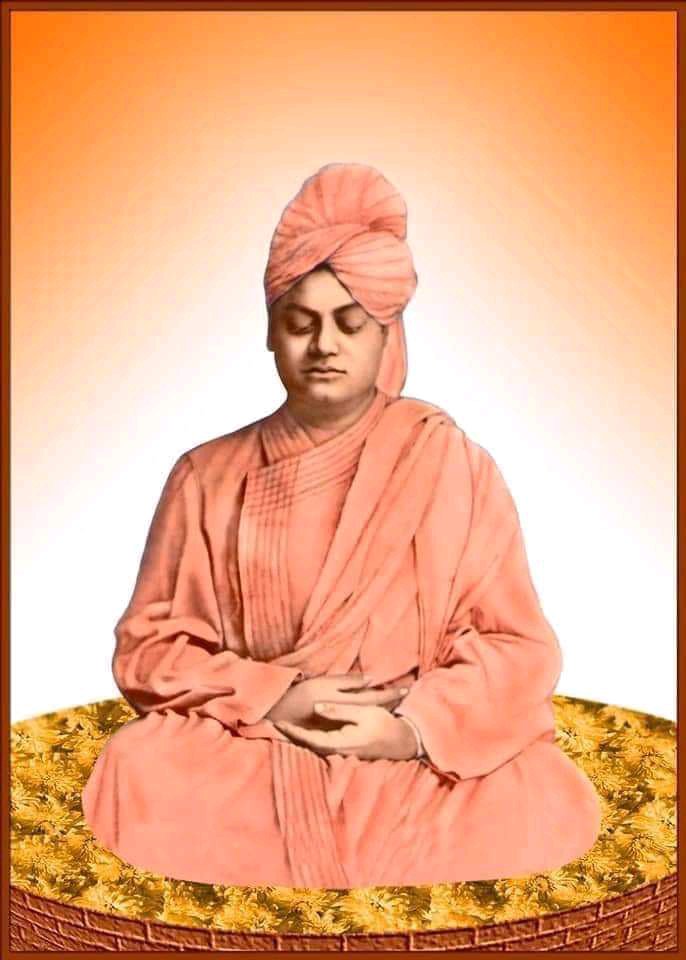SATYAJIT ROY
JAKHON CHOTO CHILAM : THE MEMOIR

“JAKHON CHOTO CHILAM” (When I was a little boy) is the memoir of the great film director, distinguished writer and artist Satyajit Ray . Its the memoir of his childhood days . Like Rabindranath Tagore’s ‘Jibansmriti’ and ‘ Chelebela ‘ Jakhon Choto chilam is Satyajit’s reminiscences of his childhood days which he had experienced in and around of his family and also city Calcutta. Perhaps he forgot some important events of his early life and its time, sometime he has referred to very simple incidents, and he confessed that his old days memories never come to me distinctly. He forgot some important events, but some unimportant incidents he has remembered very distinctly . He wrote: ” When I was only five years old we left our old Gadpar house and came to Bhawanipur , I can’t recollect the day we left the house, but I could recollect still now the experiences a dream about our cook’s son , Haren . It was very silly and simple dream, but still now I can recollect.
¶¶ In his Memoir, Satyajit described both the important and silly events simultaneously and the relationship with the people he came to contact . He portraited in this Memoir about many famous individuals of his times and at the same time described the stories of numerous common people without making any discrimination.
¶¶ GADPAR
‘Garpar’ is the second chapter of this Memoir” Jakhon Choto chilam”. In his early age which he had experienced in contemporary Kolkata (then Calcutta), he artistically penned it here in his placid language. His narrative is attractive and enriched with the history of Calcutta. Mostly are the vivid picture of the city of early twentieth century . It’s about the ‘ to Let ‘ signboard hanging infront of the house . In his latter life he hardly had seen it . This scenario has changed now. It’s not found in Kolkata. He described about double decker bus without roof which ran on the way in his time in Calcutta. He used to enjoy this bus journey frequently in the upper deck . As there’s no roof so the traveling with gentle breeze was his enjoyment . Now Kolkata city is highly densed and the streets is over crowded, but during his time it was lonely and empty. There were no din and bustle at that time , no horrible road jam like now . Various types of cars and vehicles used to run on the roads. These cars were of various countries of the World as it was the capital of British government of India. The foreigners used these cars. The design and the sound of the horns were different. Satyajit could have been identified the name of the cars by listening its horn – sounds. Mostly it were Ford , Shev , Humber , Voxhol , Doz , Wilsly, Buik , Siyotran and so on. There are some hoodless cars . Baby Austin was very small. In his later life he did not see these cars in Calcutta. Some big and gorgeous cars were found on the roads like Lancia , Lasal whose face was like a big snake. All these are very precious cars . Highly dignified wealthy people used it. Satyajit here remembers a car which looks like the cover or upper part of the body of a tortoise. He had seen the carts which were tagged by the horse . But he became old these carts were not found in Calcutta. They had no motor vehicle , they used to travel by this cart . They didn’t feel comfortable traveling on it because of the hardness, but felt pleasure riding on it.
¶¶ I have told previously that Satyajit described in this Memoir both significant and less significant incidents of his time. He narrates about the flights or jets flying over their house and city with horrible sounds which wasn’t found in his childhood days. One or two seated planes occasionally were found in the of Calcutta. That time in Damdam , Behala flying club has been started – Bengalee rich people are trying to fly and practicing regalarly with utmost zeal. Sometimes advertising pamphlets were being scattered from this light weighted two seater plane . It was very interesting to look at this flying liflets . Sometimes some of it reached to our rooftop. We used to collect it to see the advertisement. Once they found the liflets of Bata Company – renowned shoe company of India.
¶¶ Changing Habits In Consumer
Satyajit observed very keenly and seriously not only the change of the Societies, but even noticed many changes in the day to day used materials . In this Memoir he narrates all that things. In his childhood days they used brushes which was made by white coloured nylon Calinose Toothbrush. But at his old age it was not found in the market or didn’t use it. Pens which we use today these are not used in between 1930 to 1950 . They used black- coloured Swan pen and Waterman Fountain Pen. It was very hardy, and not very light and thin like the pens we use now. These fountain pens were made by a material which is called Gutta Percha . If it’s brunt , it produces an odd scent. He favoured the old . So the Memoir of Satyajit Ray is highly precious for its socioeconomic status and the historical values. We can understand the the people of that time , their lifestyle, culture, habits and so on in this Memoir Jakhon Choto chilam.
I will discuss more about this book and the contemporary Kolkata’s lifestyle, food and beverage, disease and Medicine etc in the next post. Please let me inform your interest and liking about this post .














Rudra Sb -That was a great spotlight on the different faces of our society and the kind of intolerance developing between couples and families these days & in most cases the female is at loss in a very disproportionate share! We mostly have great sentiments for her instead of finding better and stronger option to bring her life Back on track.Let’s pledge to help her regain her lost smiles friends
friends 
Liked by you
Thank you for appreciating this matter which I have posted.
Like